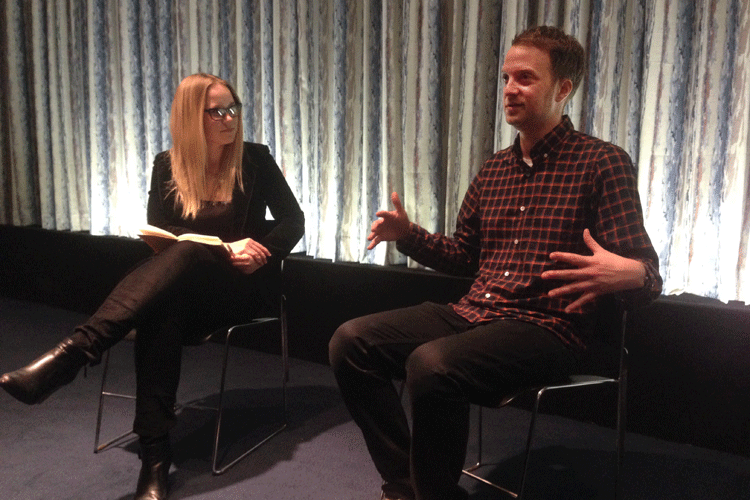The following questions and answers are excerpted from a conversation that followed the NBR screening of Teenage.
The scope of the film is massive. How did you approach this subject?
I should say that I’m kind of obsessed with hidden histories and forgotten biographies. That’s usually my starting point, and what I make films about. When I read John Savage’s book Teenage, I was totally impressed and it occurred to me that there were about twenty movies in there that I could focus on. There were so many fascinating characters and movements. It struck me that he was treating early twentieth century history through a punk lens, and I thought, what if I tried to make a “normal” PBS-style documentary, while also brushing aside a lot of those conventions and doing something inspired by that punk spirit? So that became the premise. And while it was a little intimidating to take on such a wide breadth of material, it was also that challenge that appealed to me. The foundation of the whole project was archival research, and identifying how far we could go back and what stories we could tell based on what footage we found. So I partnered with a team of archival researchers around the world: One who was based in New York, and who was kind of the leader, one at the National Archives, one in London, and two folks in Germany.
“A big reaction I’ve heard to the film is, ‘it’s so old, but it looks so new’ “
You blend recreations with archival material in a completely seamless way. How did you choose those characters, and how did you approach that technique?
I knew that this film would have a sweeping panoramic quality, but I definitely wanted to punch in on some characters. And John’s book is filled with that: There are characters you learn about in a paragraph, or a few pages, that are real people. I was looking for a group of characters that I felt could form a composite portrait of the teenager that was about to be born. And a certain level of diversity was important—not just of race, or gender, or region, but also of different styles of rebellion. I saw them all as teenage rebels but in very different ways. The characters I chose are really obscure, so none of these people were ever filmed. So I had to use filmmaking to bring them to life, and to create my own footage of them. It’s something I’ve done in previous documentaries I’ve made, and it’s proven to be a somewhat controversial device because it turns out that people sometimes can’t fully distinguish between the archival materials and the recreations! Which was a surprise to me, because as I was doing it I didn’t think it would be difficult at all—I thought, or at least hoped, that the audience would see them as recreations that were tastefully done. But that’s turned out not to be the case for everybody. Some people like the technique, some people hate it. And that’s been a learning experience for me. But I stand by the device, because I think the film would suffer without those stories, and I think those characters are so interesting.
The score and the soundtrack are such strong elements. Can you discuss your thought process?
From the beginning, the premise hinged on the idea of using contemporary music with archival footage. Something is just totally transformative about that: It kind of works with any contemporary music you put to archival footage. It sounds and looks great. It changes your relationship to the material. It’s funny, because I did put period-specific music to some of the footage at one point, and it immediately feels stodgy: You just think, ‘that’s exactly what my grandparents or great grandparents would have listened to,’ and it really locks the material in the past. But when you put contemporary music to it, it transports you and the material to a different place. A big reaction I’ve heard to the film is, ‘it’s so old, but it looks so new,’ and that’s a really interesting space to be in, that kind of blurring of past and present.

